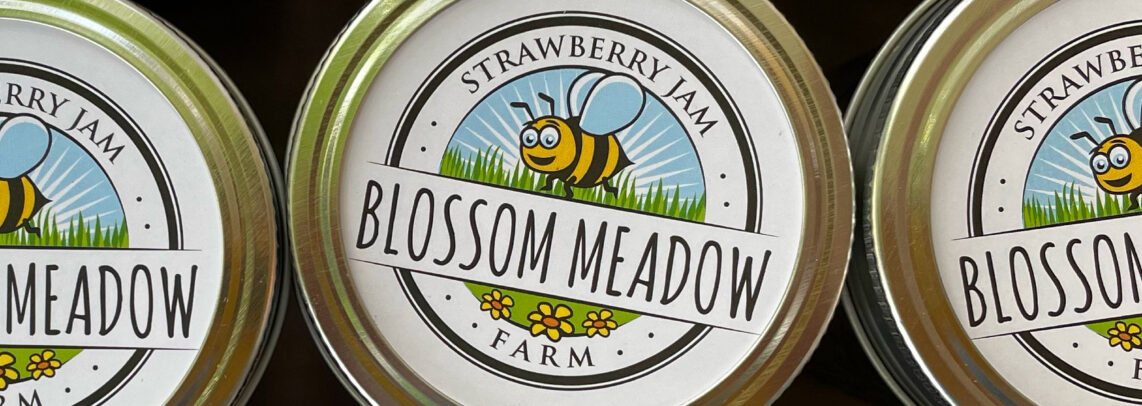The following observations were made by bee ranchers John, Fran, and Tara Del Grosso in Islandia, New York for the 2021 mason bee season. Go Bees!
- Initially there was trepidation over the condition of the cocoons. The humidity in the refrigerator crisper was overlooked for about two months and the cocoons were “crispy”. We feared the worst.
- The cocoons were placed out normally in their cardboard trays (shown in pictures below). The number per tray was rather high as we split approximately 300 cocoons amongst five trays.
- Three of the five cardboard trays had previously been used; the other two were new.
- A cocoon-filled tray was placed on top of the nesting tubes in each of the five houses; three of the houses were previously used, one was brand new, and the other was homemade of scrap lumber and unpainted.
- One previously used house was placed facing west in the front yard; the rest were east-facing in our back yard.
- The initial hatching of males took about two weeks, but hatch they did (slowly at first). The west-facing hatch was last amongst the five.
- The female hatch also seemed slower than we recalled from earlier years, but they too began to emerge, with the west-facing house last.
- The action was most pronounced around the east-facing painted houses, though the homemade house, which incidentally is only four inches deep (measure twice, cut once, John still got it wrong), also had a few interested females.
- The bees in the west-facing house stirred later in the afternoon as we expected, given the presence of sunlight at that time of day.
- As time progressed the west-facing bees seemed to not care about the sun so much and would stir as long as the air temperature was warm (~80 F or better).
- As time went on the tubes began to fill quickly, much to our collective relief. The west-facing tubes lagged behind the others, but not appreciably. We chalked this up, in part, to there only being a single house in that location.
- At first the homemade house seemed to lack the enthusiastic reception of the others, but as tubes filled in the painted houses the attraction to this unpainted residence grew. However, it also had some brave pioneers who settled in early.
- We noticed at one point that the mud being used to mason the tubes turned red. Rancher Fran discovered that a tree that had been recently delivered contained red soil around the root ball. The vast majority of tubes from there on in were filled with the red earth. (Notice I didn’t write “almost exclusively”, which is an oft-used incorrect construct, as “exclusively” is an absolute – something either is or isn’t exclusive.)
- As time progressed further and tubes were completed it mattered not if the houses were painted or the homemade version: The bees used both equally, though the west-facing house was used less frequently (see our supposition above).
- Toward the end of the expected lifespan of the females we ran out of available tubes. At Laura Klahre’s suggestion we created paper tubes as an interim solution. These tubes were wound around a pencil and were made from white bond paper, brown bag paper, and newspaper. The homemade house even contained a striped black-and-white paper straw cut in two. The diameter of this straw was considerably smaller than the pencil-made tubes.
- The straw was used placed prior to any of the other paper tubes, and while some reed tubes were still available, as an experiment of sorts to see if it would be used. Apparently some females with smaller butts agreed and took to the halves of the straws even though reeds were still available in the same house. (As an aside, a clear plastic straw had also been placed as an experiment. The straw was initially used but later abandoned after three chambers were formed and clearly visible.)
- Later placement of the other paper tubes in all five houses evidenced a preference for the bond paper, then the newspaper, and finally the brown paper. Most of these tubes had the back portion pinched shut in the belief that the bees would only use a solid-backed tube, but those which weren’t were also used and from what we later surmised from both ends. Ultimately ALL tubes were used in whole (the majority) or in part.
- Some tubes in the homemade house were “spliced” together with masking tape or had the back end sealed with the tape. This did not appear to affect the bees’ preference.
- Immediately before the organza bags were placed the trays were inspected and much to our surprise and satisfaction the hatch appeared to be very close to, if not, 100%!
- We now have an estimated 197 tubes of gestating bee babies which we will harvest and clean in October 2021!
- For 2022, we plan on populating the homemade house exclusively with various forms of paper tubes to gauge the bees’ ultimate preferences of type, color, and size of the tubes. We will also observe the acceptance or reluctance of use of these tubes from the beginning when reed tubes are readily available in the other houses. (Note: paper tubes are more easily parasitized than using nesting reeds which have a naturally thicker sheath)
- John the “measure twice, cut wrong” carpenter is considering making a multi-level “apartment house” for the bees to see if height and placement of the reeds has any relevance.
Back Yard Setup
Tara’s Homemade House Setup
Bees in Action!
Location of the new bush with the red clay root ball is in the back corner of the yard, left of the shed:
Completed Backyard Nests
Taped Tubes from Tara’s House
Final Look at Cocoons

